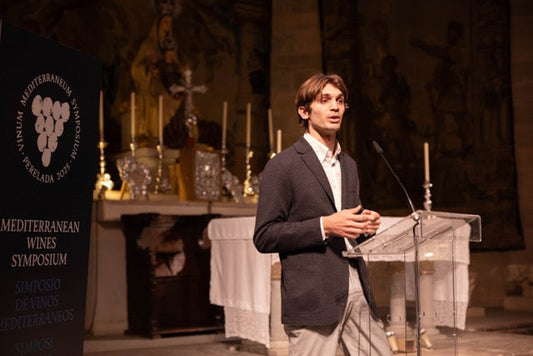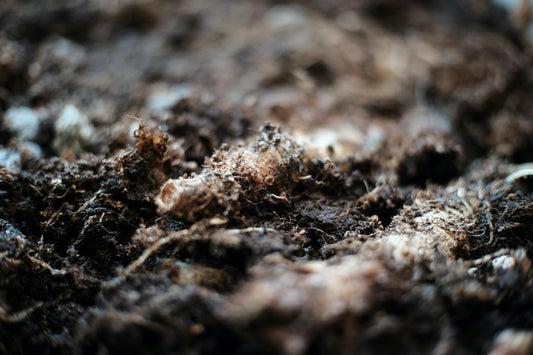| Compared to its neighbours, Argentina and Brazil, Uruguay is tiny, with just over three million inhabitants, half of whom live in the capital city Montevideo. Yet it has the widest river – Rio de la Plata, 45 kilometres wide at its broadest – and at 2,500 million years, the oldest bedrock vineyard soil on the planet. It also produces top class footballers that the country can’t afford to keep and makes excellent, European-style wines that are more appreciated abroad than at home.
The landscape is as attractively charming as the people and there is an easy-going feel to the place due to the hard work in keeping it that way. Just six full days on a first visit after Christmas left me with a lasting impression that Uruguay is in the top league of the ‘3 Ps’, where the Place and the People blend together to create the Product.
The 9,000 hectares of vineyards can be found across 15 of the country’s 19 regions which straddle the 30–35th South Parallels, the same latitude as the best vineyards from Argentina, Chile, South Africa, Australia and New Zealand, but Uruguay is the only wine producer in South America with an Atlantic climate bringing cool nights that lead to elegance and balance. The main grape varieties are international: Albariño, Chardonnay, Riesling, Sauvignon Blanc and Viognier for the whites, Cabernets Franc and Sauvignon, Merlot, Pinot Noir, Syrah and especially Tannat for the reds.
Tannat, the major grape variety of Madiran and Irouléguy in southwest France was introduced in 1870 by Basque immigrants and is the country’s flagship grape, as Malbec is to Argentina and Sauvignon Blanc to New Zealand. It is also, in my view, more expressive here than its French ancestor and more varied in style. Indeed, at the first presentation of wines from Bodega Garzón in London five years ago, I complimented their internationally-renowned consultant-oenologue Alberto Antonini for being the ‘first man to tame Tannat’.
The 250 hectares of vineyards covering 1,000 different plots on the multi-million year-old bedrock, the 19,000 square metre sustainable winery with a capacity of 2.2 million litres, the vast restaurant under the direction of celebrity chef Francis Mallmann renowned for his ‘open fire’ cooking, the 18-hole golf course and the exclusive Bodega Garzón Club are all the inspiration from bare earth of Argentinian owners Alejandro Bulgheroni and his wife Bettina. Even Chile’s Eduardo Chadwick and Argentina’s Nicolas Catena would agree that it takes a generation or more to find Iconic status bestowed on a winery; Garzon has achieved this within a decade. With Christian Wylie (ex-Deicas and Santa Carolina) as general manager, Eduardo Felix and German Bruzzone in the vineyards and Antonini overseeing the cellar, the results are plain to see in the glass.
The whites – especially Albarino – show a florality, freshness and precision, while the reds have marvellous colour, energy and elegance both for now and the future. The sparkling wines have a fine, dry finish and the 2019 Pinot Noir Rosé is simply delicious. The range is wide, with several single-vineyard wines of distinct character, while the top red, Balasto, usually a blend of Tannat and Cabernet Franc, has been accepted by the merchants of ‘La Place de Bordeaux’ for European distribution, joining 100-pointers Masseto, Opus One and Seña. Hats off to Bodega Garzón. | 



